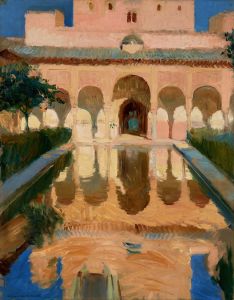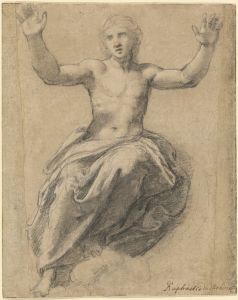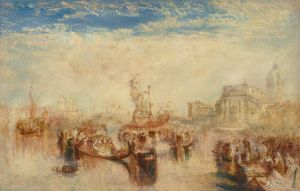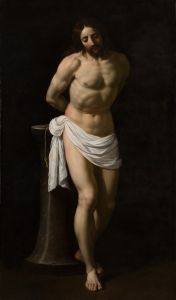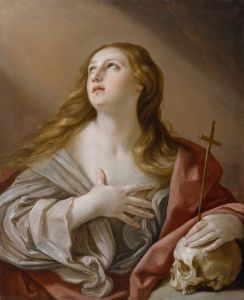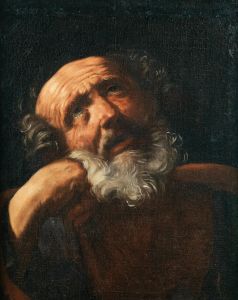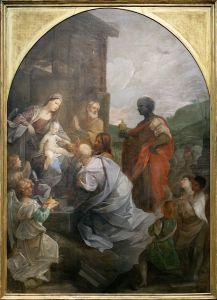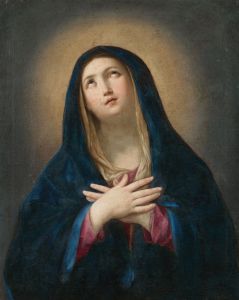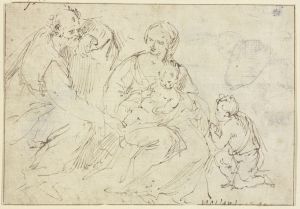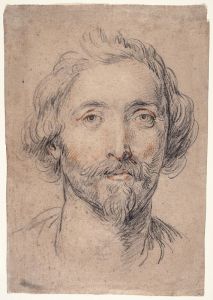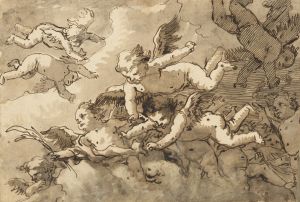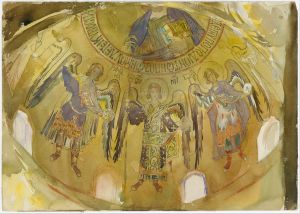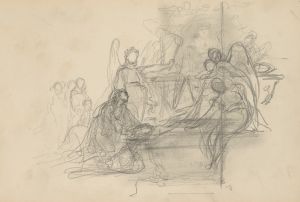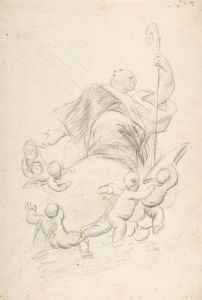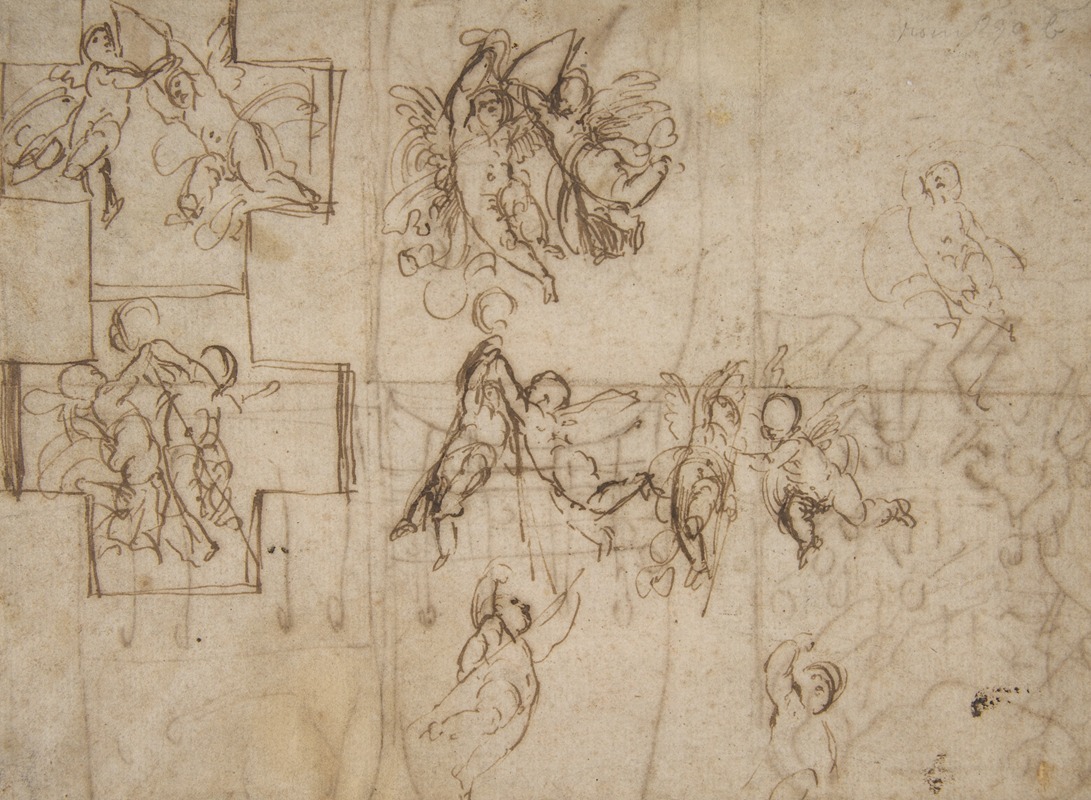
Studies of Flying Putti
A hand-painted replica of Guido Reni’s masterpiece Studies of Flying Putti, meticulously crafted by professional artists to capture the true essence of the original. Each piece is created with museum-quality canvas and rare mineral pigments, carefully painted by experienced artists with delicate brushstrokes and rich, layered colors to perfectly recreate the texture of the original artwork. Unlike machine-printed reproductions, this hand-painted version brings the painting to life, infused with the artist’s emotions and skill in every stroke. Whether for personal collection or home decoration, it instantly elevates the artistic atmosphere of any space.
"Studies of Flying Putti" is an artwork attributed to the Italian Baroque painter Guido Reni, who was renowned for his graceful and harmonious compositions. Reni, born in Bologna in 1575, was a prominent figure in the Baroque movement, known for his classical approach to painting and his ability to convey emotion and movement with elegance and clarity. His works often featured religious themes, mythological subjects, and allegorical figures, executed with a refined technique that emphasized beauty and serenity.
The "Studies of Flying Putti" is a drawing that exemplifies Reni's skill in capturing the playful and ethereal nature of putti, which are cherubic figures often depicted in art as chubby male children, usually nude and sometimes winged. These figures are commonly associated with themes of love, divine presence, and innocence, and they frequently appear in both religious and secular artworks of the Renaissance and Baroque periods.
Reni's studies of putti demonstrate his mastery of form and movement, showcasing his ability to render the human figure with anatomical precision while imbuing it with a sense of lightness and dynamism. The drawing likely served as a preparatory study for a larger composition, as artists of Reni's time often created detailed sketches to explore poses, expressions, and interactions between figures before executing a final painting or fresco.
The putti in Reni's studies are depicted in various poses, suggesting motion and interaction, which is characteristic of Baroque art's emphasis on movement and drama. The use of chiaroscuro, a technique that employs strong contrasts between light and dark, is evident in the drawing, highlighting the three-dimensionality of the figures and enhancing their lifelike appearance.
Reni's work was highly influential, and his depictions of putti and other figures were admired for their idealized beauty and grace. His ability to convey emotion through subtle gestures and expressions made his art particularly appealing to patrons seeking works that combined aesthetic appeal with spiritual or allegorical meaning.
The "Studies of Flying Putti" reflects Reni's broader artistic goals of achieving harmony and balance in his compositions, drawing inspiration from the classical ideals of the Renaissance while incorporating the dynamic energy of the Baroque. His work continues to be celebrated for its technical excellence and its ability to evoke a sense of wonder and reverence.
While specific details about the provenance and current location of "Studies of Flying Putti" may not be widely documented, the drawing remains an important example of Reni's contribution to the art of his time, illustrating his enduring legacy as a master of the Baroque style.





